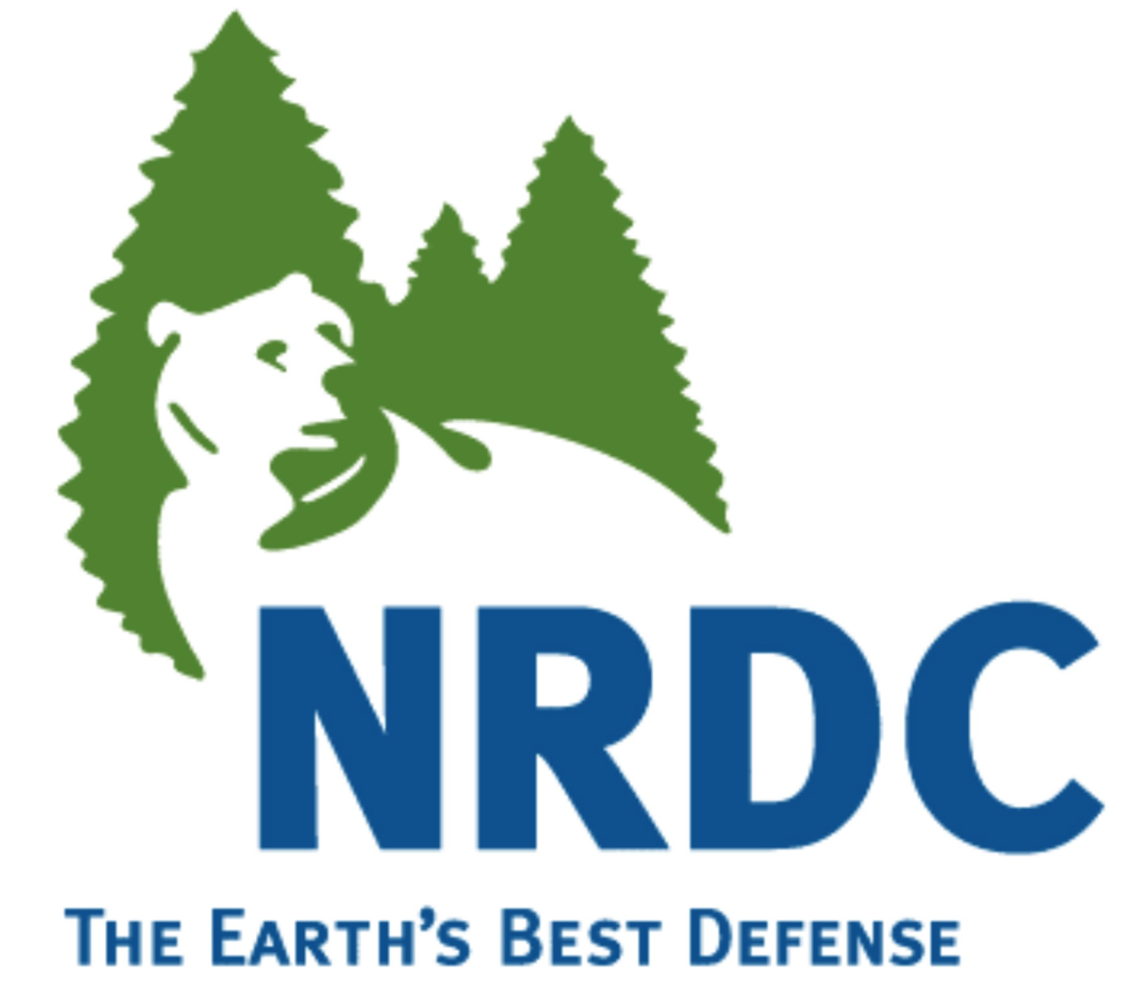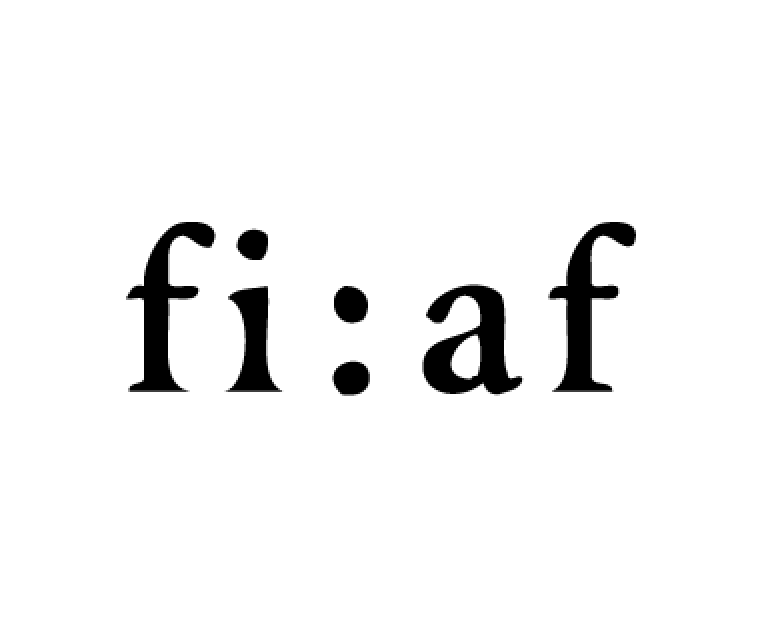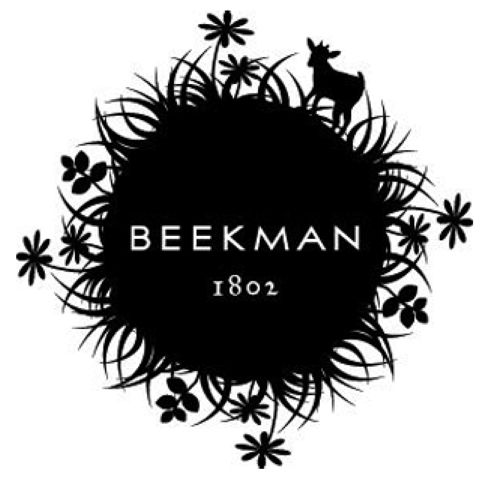When I was first experimenting with gardening in a little patch of dirt behind my Brooklyn apartment, my mother pitched in with folk wisdom. If I started seedlings indoors, she said, I had to wait until the new green leaves on the trees were at least the size of a mouse’s ear before transplanting them to the outdoor soil. Peas were a bit more forgiving, but waiting until St. Patrick’s Day was de rigeur. Tomatoes, Memorial Day, not a day sooner.
It’s common knowledge, after all: spring is the season of little green sprouts, rebirth, opening your windows after the long winter, and planting new seeds and seedlings in the once-again-fertile ground.
But is that always the case? Not necessarily! When it comes to perennial flowering plants, especially bee-beloved species and wildflowers, you might be surprised: an ideal time to introduce these to your garden is right about now.
Why should I plant perennials in the fall?
There is one big difference between spring and fall when it comes to planting new seedlings: soil temperature. In the spring, the ground is still thawing out from winter, and it can take a long time to reach an optimal temperature for supporting new root growth. In early fall, all the residual warmth of summer is still there, so new seedlings will be able to establish a healthy and strong root network more quickly. Additionally, since they are on the downward swing of their yearly growth cycle, they aren’t expending energy to send up flowers and fruits, and can concentrate on growing their support structure underground.
Fall plantings also don’t need to be watered as frequently - once a week is generally enough - and don’t need to be mulched immediately. When the first frost arrives, it will kill the part of the plant visible above ground - but the roots will keep going strong until the soil freezes solid and sends them into a dormant state. By spring, the plants will be well established in the ground and ready to focus all their energy on growing new green shoots and eventually, bee-friendly flowers.
What can I plant in the fall?
The fall-planting method works for perennial plants, those that “die back” in winter and regrow in the spring. This will not work for annuals, which are limited to a single growth cycle beginning in the spring and ending at the first frost.
It’s important to note that you can only plant seedlings and mature plants in the fall - starting seeds in autumn soil will not work. The upside? You can often find discounted plants at your local garden center this time of year - and get expert advice on what exactly to plant when in your region and microclimate!
Some of the most perennially popular garden beauties that also attract bees are:
Decorative Flowers:
Purple coneflower (Echinacea purpura) - native to Eastern and Central North America. This perennial has large, hardy flowers, ranging from pink to pale purple, with a spiny center - the genus name, Echinacea, comes from the Latin word for “hedgehog!” Fairly tall, smooth stems.
Blanket flower (Gaillardia) - native to central North America and Mexico. Fast-growing and medium-sized, growing to a maximum of about 24 inches tall. These brilliantly colored red-and-yellow flowers bloom all throughout the summer and fall.
Bellflowers (Campanula) - fond of moderate to cool temperatures, the genus Campanula (meaning “little bell”) includes over 300 varieties of brightly colored, bell-shaped perennial flowers. Most varieties are shades of intense blue and purple. They bloom most lushly in June and July, but some varieties can last into October. They are fairly short and make good ground cover.
Asters (Symphyotrichum spp.) - The many varieties of these brightly colored, daisy-like flowers can play a particularly important role in a pollinator garden, because they are late bloomers. They were once called “Michaelmas daisies” after the feast day of St. Michael, which falls on September 29! Asters are beautiful, easy to grow, and give pollinators an important source of nectar even late into the season.
Kitchen and Medicinal Herbs:
Lemon balm (Melissa officinalis) - This widely-grown herb has a long association with bees: its scientific name comes from the Greek word for “bee.” Not only do its small flowers reliably attract big crowds of pollinators, its fragrant, lemony leaves are often used to brew a tea to relieve stress, anxiety, and trouble sleeping.
Rosemary (Salvia rosmarinus) - Rosemary is actually not a perennial, but an evergreen shrub. It is native to the Mediterranean region, but is very hardy and can withstand cold temperatures quite well. Some special cultivars can even survive in below-zero winter cold snaps! In temperate climates, their bee-friendly flowers bloom in the spring and summer, and in warmer climates they can even bloom year-round. Rosemary is also much-beloved culinary herb, amazing for adding a piney, savory touch to oven-roasted veggies or meats.
Lavender (Lavandula angustifolia) - Another Mediterranean evergreen, with tall, fragrant, brightly-colored flower stalks that attract bees like - well, like flies to honey. Lavender is also widely used in herbal and folk medicine, most commonly as an aid to relaxation: tea made from its flowers is a well-known home remedy for insomnia, and a spritz of lavender oil on your pillowcase can help you sleep even more soundly. Lavender oil is also used as a soothing bath or massage oil.
Mint (genus Mentha, inc. piperita and spicata) - Plant a mint plant once, and you will have an abundance of mint in your garden for the rest of your life. Garden mint, especially spearmint, spreads like wildfire and is very hardy. Delicious in cocktails, desserts and stomach-soothing herbal teas, its tiny white flowers join the rest of the herbs on this list in attracting a surprising number of bees and other pollinators.









